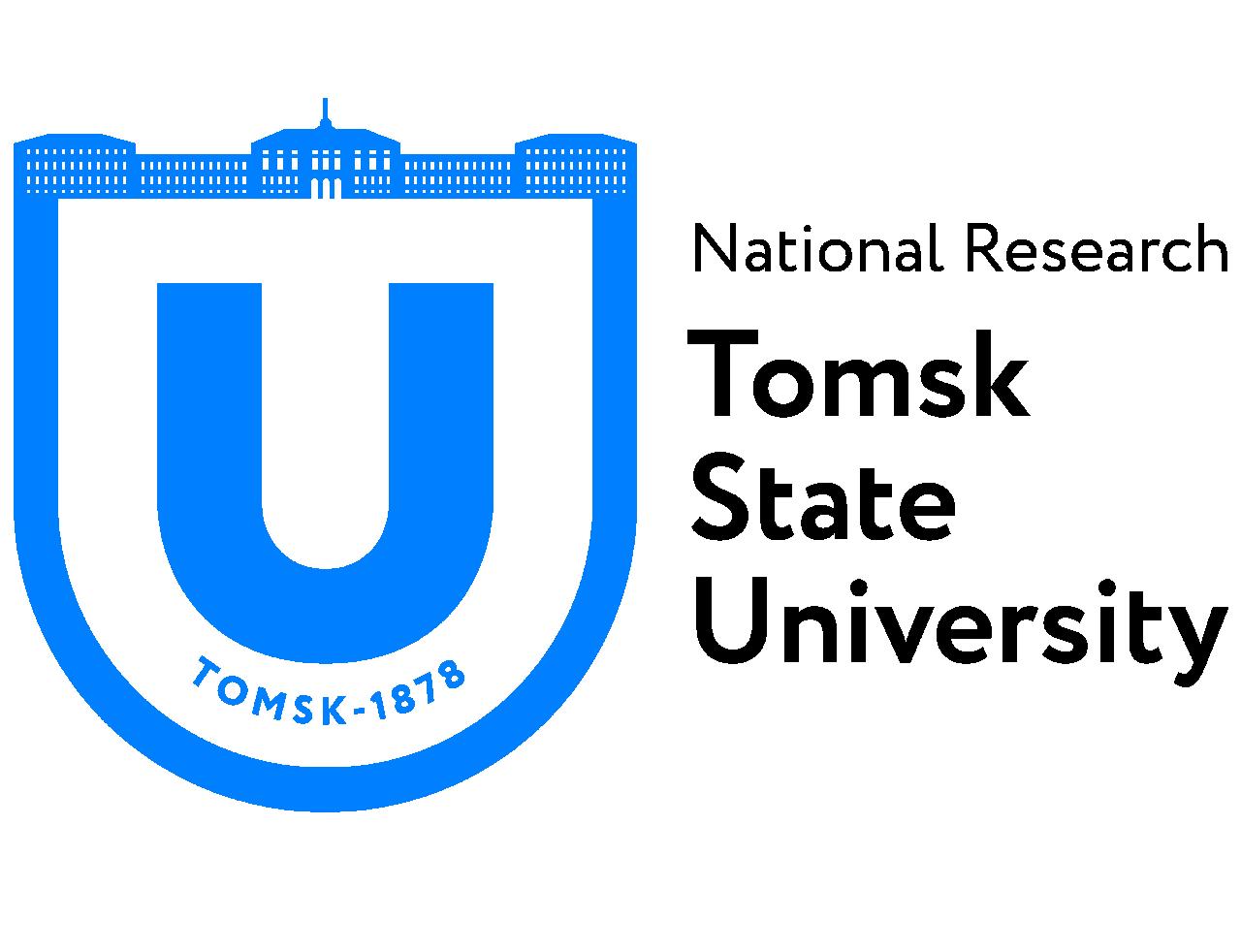Tomsk State University: Biologists discovered Eranthis longistipitata as a potential remedy
Scientists from Central Siberian Botanical Garden, Siberian Branch of Russian Academy of Sciences; Institute of Chemical Biology and Fundamental Medicine, Siberian Branch of Russian Academy of Sciences; Komarov Botanical Institute, Russian Academy of Sciences; K.A. Timiryazev Institute of Plant Physiology RAS; and Institute of Botany, Chinese Academy of Sciences investigated the chemical constituents of Eranthis longistipitata and discovered coumarins and furochromones in its leaves. These compounds have antioxidant, antitumor, and other useful effects. The research is supported by the Russian Science Foundation and the results are published in the International Journal of Molecular Sciences.
Eranthis longistipitata belongs to a buttercup family and grows in Central Asia. It was first described in 1870 by a Russian botanist, Eduard Regel, but along with other species of the Eranthis genus, it is not very well-studied.
This investigation used liquid chromatography coupled with high-resolution mass spectrometry on samples collected in Kirgizia. This method is very accurate and sensitive and identifies both known and previously unknown constituents.
More than 160 compounds were found in the leaves of Eranthis longistipitata, of which 72 were identified to the class level and 58 to the individual-compound level. Among them, 19 compounds were identified as flavonoids. These compounds are important because they prevent cardiovascular diseases and even serve as a basis for drugs against venous insufficiency. Eranthis longistipitata leaves also have fatty and organic acids, amino acids, sugars and other compounds. However, the most interesting are coumarins and furochromones – two molecular classes, some of them discovered in Eranthis longistipitata (and the Eranthis genus in general) for the first time.
“In comparison to other common and well-studied compound groups, furochromones and coumarins are quite rare and are of interest to pharmacology,” said Andrey Erst, Candidate of Sciences in Biology, senior researcher at Tomsk State University. “For example, coumarins found in the Eranthis longistipitata exhibit antioxidant, antitumor, and antiapoptotic effects. Chromone derivatives have anti-inflammatory, antiviral, antitumor and antispasmodic effects and are used as antioxidants. Moreover, due to their photochemical properties, they can be used as fluorescent labels in biochemical experiments and clinical medicine.”
Metabolome studies are a new field in botany studies that investigates collections of small molecules in a living organism. Scientists from the US and China actively study substances formed as a result of all biochemical reactions in plants. In Russia, TSU Laboratory Herbarium was one of the first to practice this method.
Currently, technologies allow creating raw material of Eranthis using tissue culture. That is why scientists believe that the complex study of these plants has not only theoretical but also practical application.

